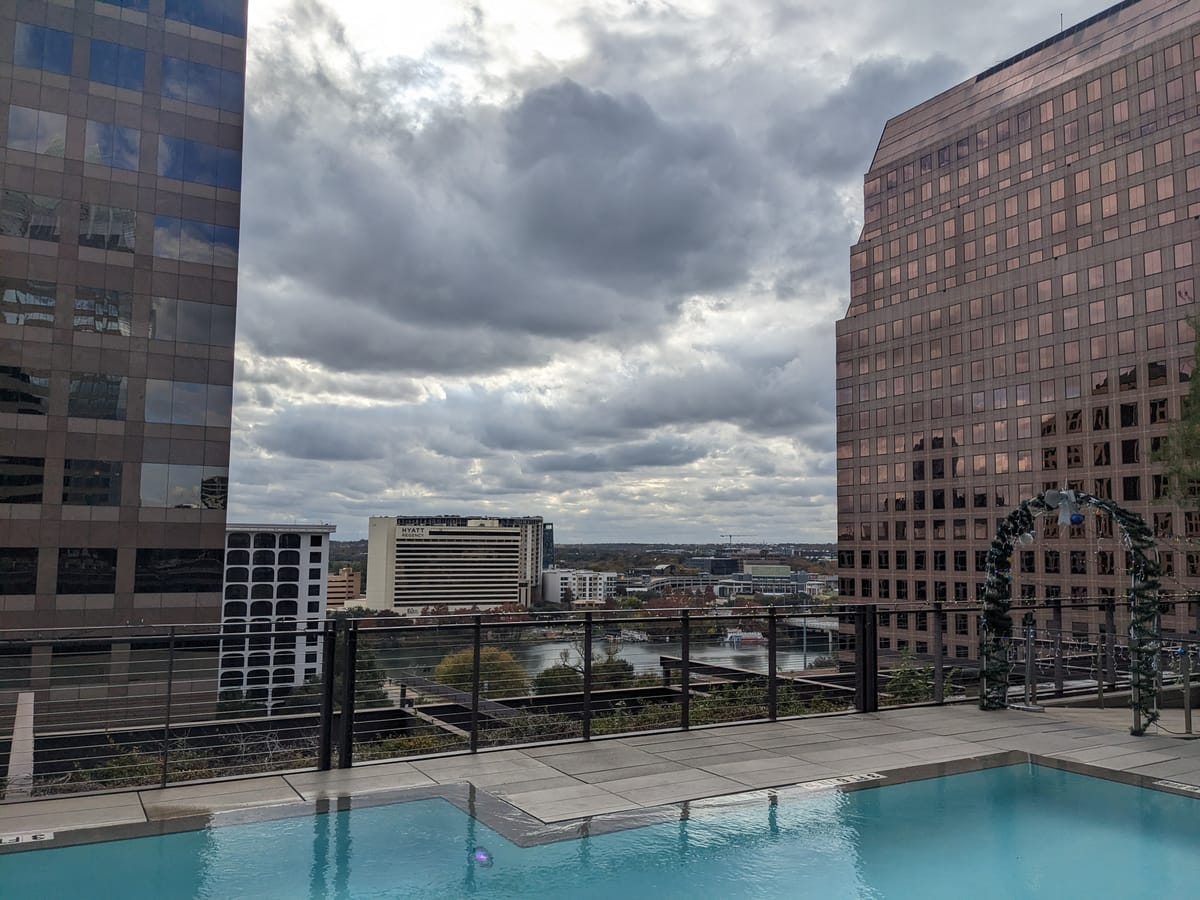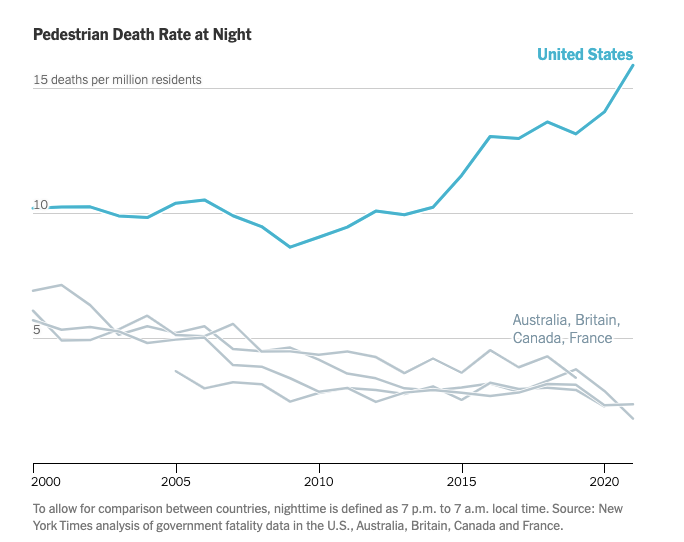A radical land use ruling
The ruling appears to restrict city land use far more than expected.

If you've been with APN since Day 1, you know that it's undergone a variety of stylistic changes. What I'm going to try out now is starting the newsletter with several short items, followed by a more substantial article. Please feel free to share your thoughts on what
George Santos supports the HOME initiative: I'm a bit late on this one but anonymous Twitter persona YIMBYLAND apparently took advantage of George Santos's relatively low starting rates on Cameo and got the disgraced New York congressman on board for HOME:
So much blatant lying and fear-mongering coming from the nasty Austin NIMBYs.
— YIMBYLAND (@YIMBYLAND) December 4, 2023
Don't believe me?
Hear it from an expert: pic.twitter.com/yNUwxstKeo
Every Republican needs to answer for this: The Texas Capitol press corps needs to make sure that every single GOP state legislator answer for forcing women to carry dangerous, non-viable pregnancies to term. They own this.
Why are American pedestrians getting mowed down? The New York Times looks at the alarming increase in pedestrian deaths over the past decade. Yes, cell phones probably have something to do with it, but then why haven't we seen the same trend elsewhere in the western world?
One interesting theory is that cell phones are a bigger problem in the U.S. because nearly everybody here now drives automatic, whereas the great majority of Europeans still drive stick, which makes it harder to hold a phone while driving. But that explanation doesn't work Australia and Canada, where automatics have become just as dominant as here. (BTW, I've never understood why sticks aren't more popular in a country as car-obsessed as America.)
Most of the increase in pedestrian death has come from people dying at night.

This rings true based on what I've seen in reports of local fatality crashes. Over and over again you see instances of people getting hit while crossing high-speed roads: highways and their frontage roads but also big roads like Parmer, where you often have to walk a very long way to get to a pedestrian crossing.
The other big difference between the U.S. and most other western countries is the size of vehicles. Our increasingly big SUVs and trucks are much more likely to kill pedestrians than the sedans that predominate in Europe. I don't know whether trucks and SUVs are as popular in Canada as here, although I'd suspect they are slightly less popular simply because gas prices are higher.
Other countries also have more aggressive automatic enforcement than the U.S. in general and Texas in particular. Red light cameras, speed cameras etc, both of which are outlawed in Texas.
Anyway, the city of Austin only has two levers to pull: increased police enforcement or better road design. I'm not opposed to increased speeding/DUI enforcement, but the more durable, long-lasting and cost-effective change will come from improved road design. And no, it's not expensive. Indeed, the pilot being operated on a segment of Barton Springs Rd., where car lanes were converted into bike lanes, shows how incredibly cheap it can be.
Fewer and narrower car lanes not only reduce speeds and serious crashes, but they improve the quality of life on the road by making it more inviting for pedestrians and commerce.
A radical land use ruling
So we finally have the written ruling from Travis County District Judge Jessica Mangrum striking down three zoning ordinances passed by City Council last year.
Mangrum had already indicated a few weeks ago that she was going to rule in favor of the plaintiffs –– a group of anti-reform activists led by Fred Lewis –– but she didn't hand the ruling down until yesterday.
My attempts to gain insights into the ruling from city attorneys were unsuccessful. A city spokesperson declined to comment "until we give Council an assessment of what the order means for the City."
Based on my admittedly non-expert reading, the implications of the ruling seem pretty drastic. Mangrum faults the city not only for failing to provide adequate notice before the ordinances were voted on, but rules that the city must provide notice to nearby residents anytime a developer seeks to participate in density bonus programs.





